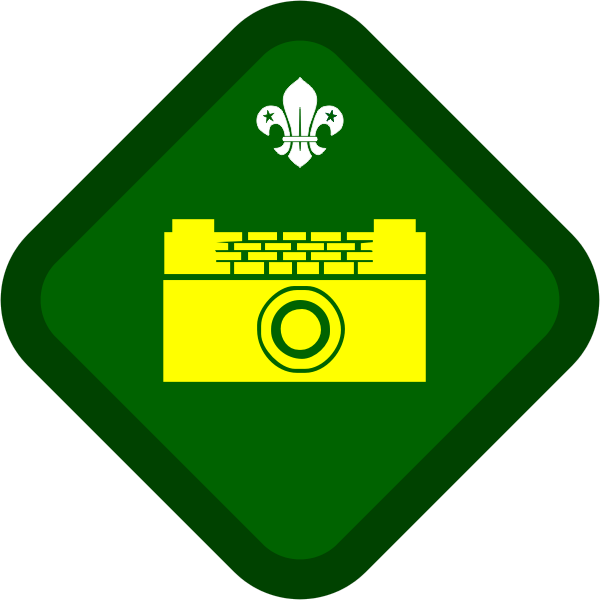
Complete the requirements from one of the following alternatives:
Alternative A – Still Photography
- Choose one of these two activities:
- Produce twelve prints of photographs (negative or digital) taken by yourself covering at least two different aspects from this list:
- portrait
- still life or similar
- land or seascape
- sport or similar action
- flash-gun
- time-lapse photography
- Produce six black and white photographs where you have undertaken some part of the processing.
- Produce twelve prints of photographs (negative or digital) taken by yourself covering at least two different aspects from this list:
- Choose one from the following two activities:
- Show knowledge of the main functions of a film camera, including shutter speed, aperture, film speed, depth of field and lens focusing.
- Show knowledge of the main functions of a digital camera including resolution, digital compression and how these effect the final print. Show knowledge of the types of removable memory available.
- Discuss the different types of camera and the accessories available.
- Choose one from the following activities:
- Describe the process of developing black and white films and prints, including the use of an enlarger.
- Describe the processes and equipment needed to produce prints from a digital camera, including the use of editing software.
- Describe the processes and equipment needed to scan prints or negatives from existing photographs, including the use of editing software.
- Diagnose faults that occur both at the photographing or printing stages, such as over/under exposure and high/low contrast. Explain the difference between camera shake and subject movement.
- Demonstrate that you know how to care for a camera and accessories.
Alternative B – Video Photography
- Produce at least two short films from two of the following categories:
- documentary;
- music video etc for document consistent punctuation;
- drama;
- situation comedy;
- advertisement;
- training film;
- environmental;
- community;
- current affairs.
- Discuss the following:
- The main features and functions of a video camera, including zoom, focus, aperture, shutter speed, white balance and common tape formats.
- Problems that may be encountered when using automatic settings and how these may be overcome.
- Show an understanding of the following:
- Camera techniques such as panning, zooming, the use of close-ups, long shots, and the use of additional lighting.
- Production techniques such as editing, how to avoid jumpy cuts, maintaining continuity.
- Demonstrate that you know how to care for a video camera and accessories such as tapes, batteries, microphones and lights.
Notes
Section B1 can be completed as a small group with each person taking a different responsibility, for example camera operator, director, or editor.
